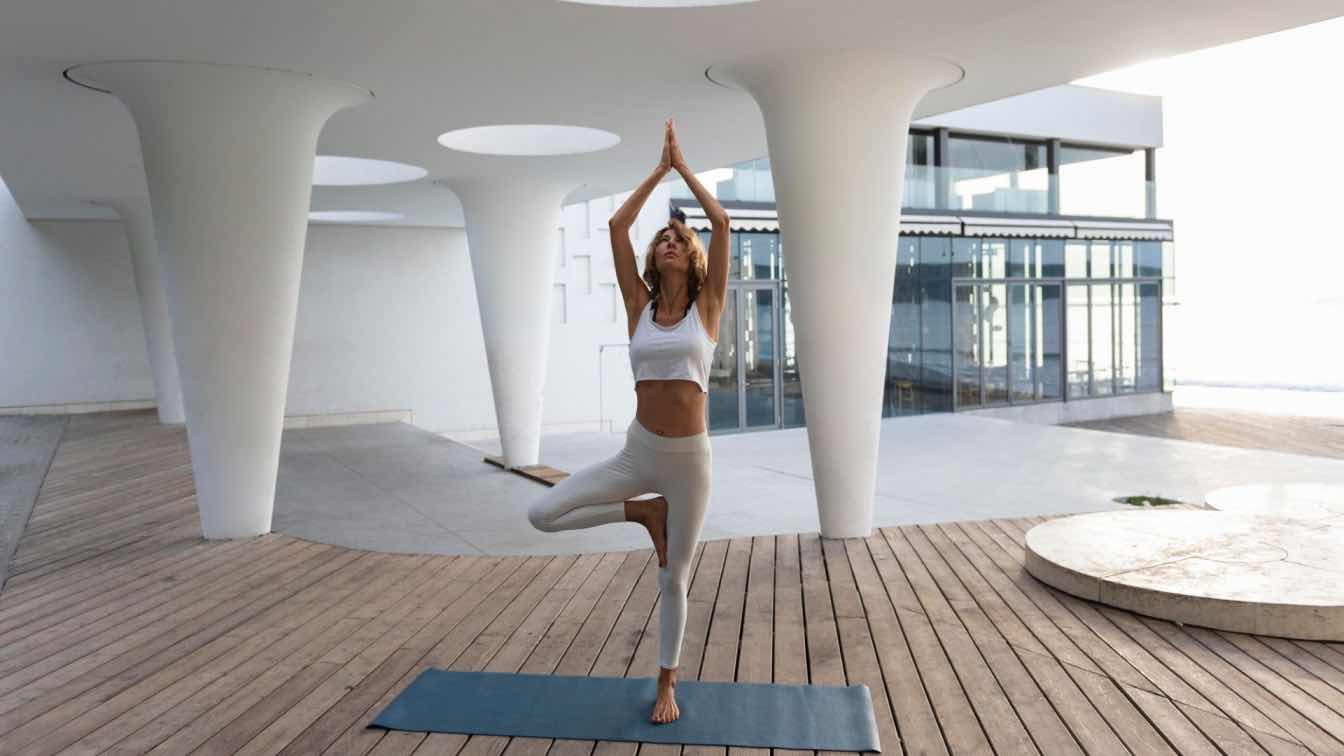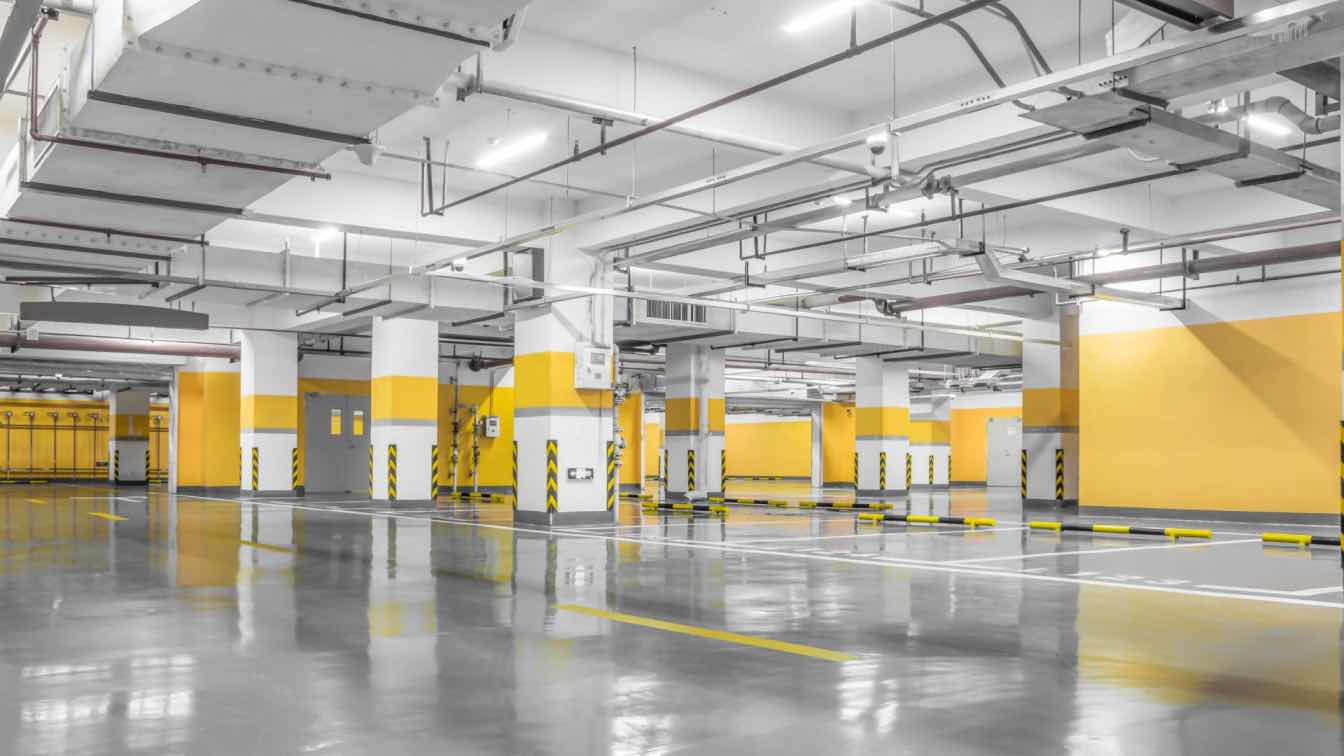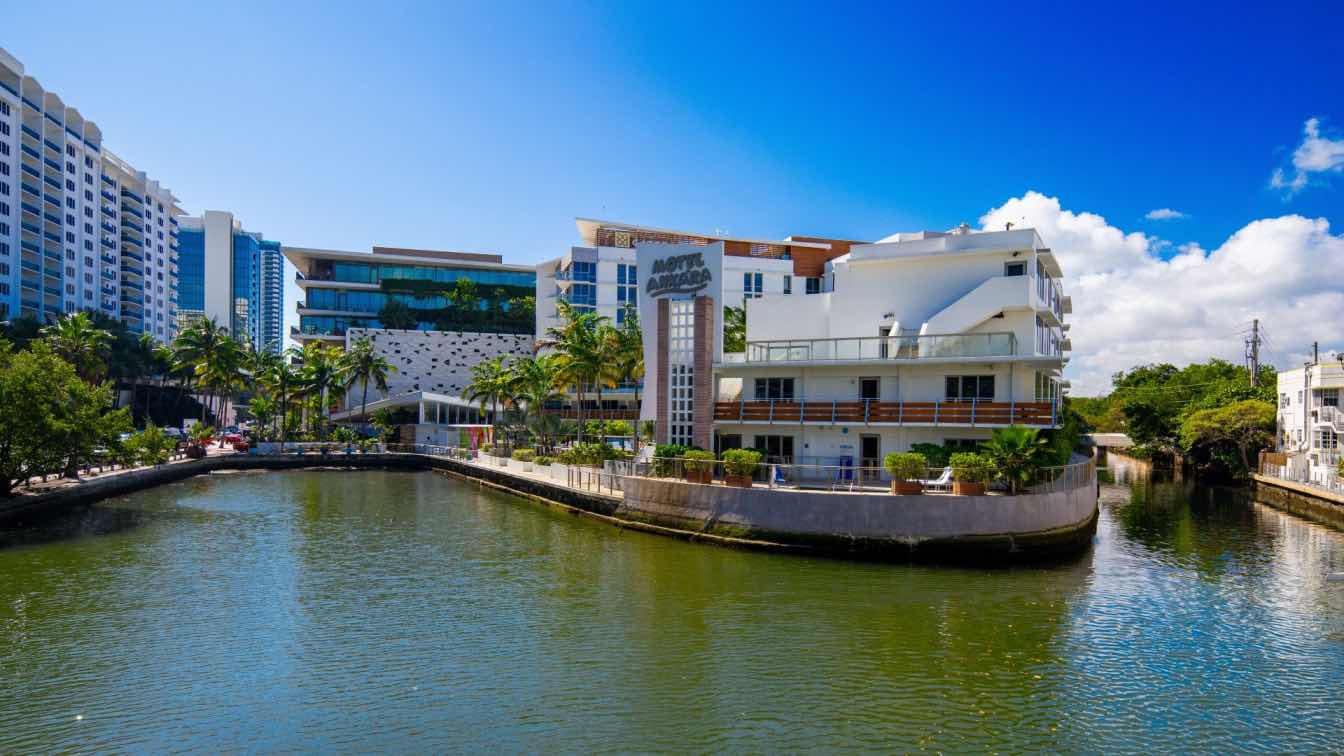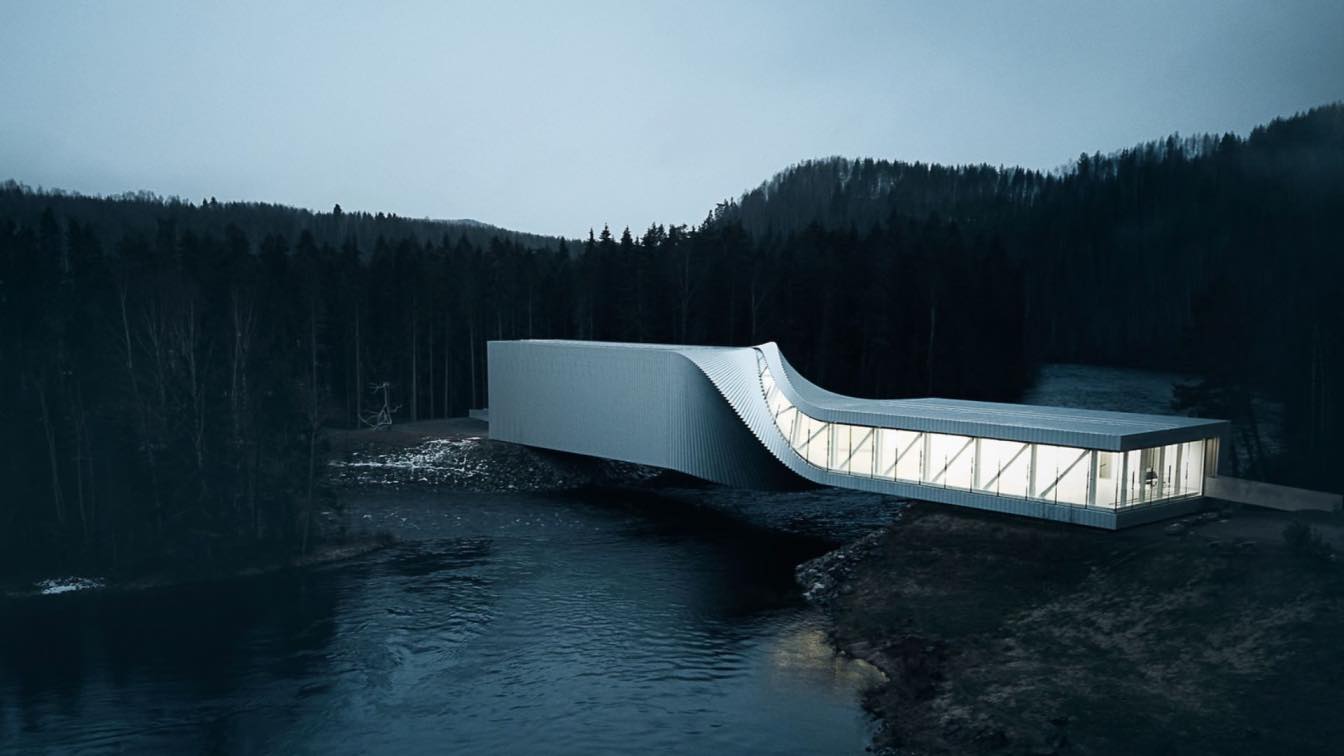Walk into a space that feels right, and you'll know it in a heartbeat. It is not necessarily about the furniture, color palette, or the dressiness of the space. It's about how the space makes you feel. That's the spirit of people-centered design—prioritizing people, their comfort, and their health in our design of interior and architecture.
In a life in which we're indoors more of the time—in our homes, at the office, or in public areas—it's logical to create spaces that facilitate the way we work, feel, and live. Human-centric design isn't just about looks. It's creating safe places that decrease stress, increase mood, and further good health—both physically and emotionally.
Let's divide it up.
What is Human-Centered Design?
Human-centered design, also referred to as people-centered design, is purely as its name suggests: design in the interest of the people. Rather than beginning with “What will look good here,” the question is, “How will people feel and operate in this place?”
This is about considering light, air, movement, comfort, and even emotional response. It's thinking how a space will influence someone's concentration, mood, and vigor levels. This concept extends to everything from office design to hospital bed environments to the kitchen in your house.
Good design isn't only aesthetically pleasing. It also feels good.
Why It Matters More Than Ever
In the past few years, particularly during the COVID-19 pandemic, we noticed a different kind of appreciation for our spaces. Homes turned into offices, schools, gyms, and refuges. We began paying attention to the way the space around us affects us—to how natural light can brighten our moods or how messy arrangements can cause us to feel uneasy.
With growing concerns around mental health and work-life boundaries becoming increasingly blurry, more and more there's a demand for environments that promote—not undermine—our mental well-being.
Key Aspects of Human-Centric Design
Let's examine some of the essential elements that establish a space as profoundly human-centric.
Natural Light
Light impacts our mood, our levels of energy, and even our ability to sleep. Rooms that utilize daylight to the maximum, using large windows, skylights, or strategic layout design, feel more open and refreshing. Even the orientation of a room matters. Architects and designers nowadays look at the path the sun travels during the day to utilize natural light to the best possible effect.
When natural light isn't available, warm, dimmable artificial light is the best alternative. Blinding fluorescents? Not people-oriented.
Ventilation and Air Quality
We don't necessarily notice it, but we feel it. Bad air can cause fatigue, headaches, and breathing problems. In people-focused environments, airflow matters. That is, improved ventilation, more plants indoors, and using materials that don't emit chemicals. Designers are focusing more on low-VOC paints, non-toxic finishes, and open schemes that promote the free flow of air.
Acoust
Ever tried working in a busy café or unwinding in a loud apartment? Sound is important. Acoustic design deals with the way sound moves through a space. That might entail the use of sound-absorbing materials, soft furnishings, or creating quiet areas in areas of high activity. The aim is to establish settings that are quiet and comfortable to the ears—be it in a library, home, or open-plan office.
Biophilic Design (Bringing Nature In)
We are hardwired to relate to the natural environment. Biophilic design bursts that urge by incorporating elements of nature—plants, wood, water, and views of foliage—into the built world.
This doesn’t require you to convert your living room into a jungle. Simple touches such as a couple of potted plants, natural textures, or the glimpse of a tree outside can ease stress and ground us more.
Flexibility and Function
Human beings are diverse in their movement, thoughts, and needs. Human-centric design acknowledges this. Spaces need to be flexible and utilize many different functions. Imagine a living room that can serve as a workspace or an office and incorporates both collaborative areas and private nooks. Flexibility is not only in the look of a space but in how the space operates in support of the people using it.
Comfort and Ergonomics
This is where interior design and science come together. Spine-supporting chairs, desks at the correct height, temperature that you can actually control—are details more important than we tend to think they are. There's a people-focused philosophy that makes comfort a given. It's not luxury, it's the assurance that the space helps your body along, rather than working against it.
Application of Human-Centered Design at Home
You don't have to employ an architect to create a more people-friendly space. Try the following simple steps:
-Open your curtains and let the light in. Replace heavy blinds with sheer ones. Use mirrors to reflect light around the space.
- Declutter intentionally. An organized, tidy environment is more calming. Only keep items you need or adore.
- Add plants. Even a single small plant can purify the air and bring vitality to a space.
- Develop zones. Establish areas for specific activities—reading, work, unwinding—so that space supports your routine rather than conflicting with it.
- Prioritize comfort. Don’t grit your teeth through the shaky chair or blinding brightness. Make minor adjustments so that your environment serves your body better.
The Bigger Picture
Design that centers on humans is not a fad. It's a change in the way we perceive space—not as a static entity but as one that directly impacts our health and happiness.
Designers, architects, and homeowners everywhere are reconsidering how space can best serve individuals. It's creating architecture and design for well-being, starting at the ground up. It's empathy, consciousness, and decision-making that honors how someone feels in a space, rather than how it will appear in a photograph.
In the end, it is not about being perfect but it is alost about generating environments that support us to flourish physically, mentally, and emotionally and give the perfect space not Just for you but your loved ones as well.
And that's a design that matters for a better tomorrow





